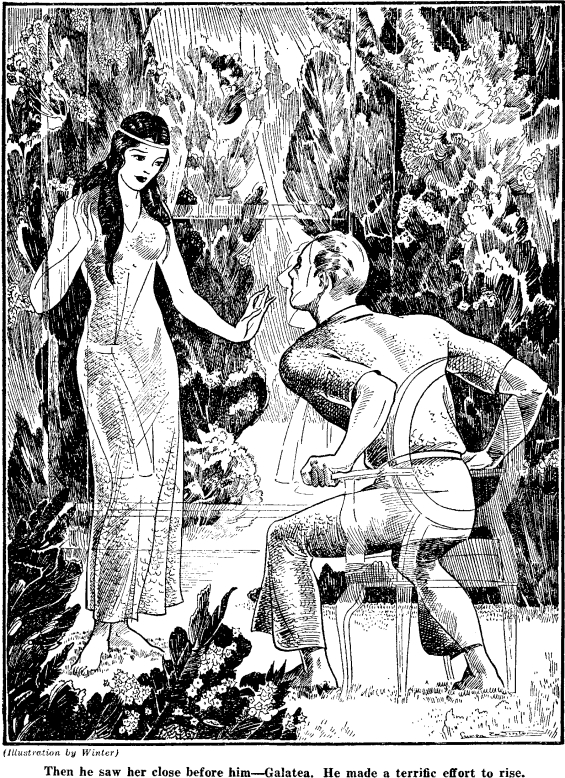
 14
14
By Peter Clines; Read by Ray Porter
Audible Download – 12 Hours 42 Minutes [UNABRIDGED]
Publisher: Audible Frontiers
Published: 2012
Themes: / Mystery / Science Fiction / Horror
As you might be able to tell from the diverse yet vague range of themes listed above, 14 is a difficult book to classify or review. Much like The Matrix, you can’t really be told what 14 is; you simply have to experience it for yourself. The blurb–or perhaps the term log line would be more appropriate–reads:
There are some odd things about Nate’s new apartment. Of course, he has other things on his mind. He hates his job. He has no money in the bank. No girlfriend. No plans for the future. So while his new home isn’t perfect, it’s livable. The rent is low, the property managers are friendly, and the odd little mysteries don’t nag at him too much. At least, not until he meets Mandy, his neighbor across the hall, and notices something unusual about her apartment. And Xela’s apartment. And Tim’s. And Veek’s. Because every room in this old Los Angeles brownstone has a mystery or two. Mysteries that stretch back over a hundred years. Some of them are in plain sight. Some are behind locked doors. And all together these mysteries could mean the end of Nate and his friends. Or the end of everything….
Aside from giving off a subtle Stephen King vibe, this synopsis doesn’t much help categorize the book either. And yet, in precisely the way book cover pitches are supposed to do, it offers just enough tantalizing hints to draw you in. If I had to pick a single overriding genre for the novel, I would choose mystery. There are indeed some strange goings-on in the Kavach Building, which houses the novel’s motley assortment of tenanets as well as the eponymous apartment number 14. Some of these things are creepy, hence the horror; some are paranormal, hence the science fiction. But ever driving the plot forward is protagonist Nate Tucker’s desire to get to the bottom of it all. The mystery theme is underscored by repeated, almost overdone, references to Scooby Doo. But in terms of literary and historical allusions Scooby and Shaggy are kept good company by the likes of Nikola Tesla and H. P. Lovecraft. Yes, the book is that weird.
What makes it all work and flow so smoothly is Clines’s knack for characterization. The listless protagonist Nate Tucker, the artist Xela with nudist tendencies, the Hindi hacker Veek, the hardcore Christian Andy, and virtually every other character, major or minor, are people whose stories are minor mysteries in their own right. When, pardon my French, shit gets weird, you’re always anchored by this (mostly) likable ensemble. Clines’s writing is also excellent. His background in Hollywood is evident in the novel’s setting and characters, and the third-person narration is likewise cinematic in pacing. It would be easy to see 14 adapted into a movie or, preferably, a miniseries. The novel excels, as a good mystery should, in dropping tantalizing plot hints, only to cut away to more chapters on characterization, spurring the reader to read on and find out what happens next. In the hands of less capable writers this technique can feel like a cheap trick, but fortunately Clines doesn’t overdo it.
The diverse cast of characters poses a potential challenge for narrator Ray Porter, from the feminine cadence of Veek’s Indian accent to the clipped, harried German accent of Oskar the building manager. Fortunately, Porter is mostly up to the task. He handles these characters, as well as a broad range of accents from our own continent, nearly flawlessly. With a few exceptions near the end, his narration manages to feel unobtrusive, almost as if there were no narrator at all and the listener is simply telepathically absorbing the words from the page. I don’t believe I’ve listened to Ray Porter’s work before, but I’ll certainly watch for him from now on.
The book puts a neat little bow on most mysteries, but there are still a few loose tendrils that could serve as springboards for another novel in the same universe. It really was difficult to say goodbye to the characters and the world. In his review for Fantasy Book Critic, Mihir Wanchoo draws several apt comparisons between 14 and the television series Lost. The resemblance is indeed strong. If you enjoy strong characterization and a whirlwind of genre-bending mysteries, you’ll probably love the hell out of 14. And–sorry J.J. Abrams et al.–Peter Clines actually knew where the plot was going.
Posted by Seth

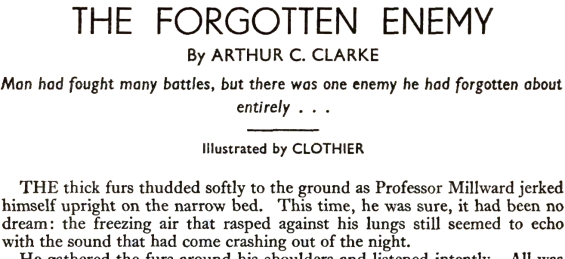
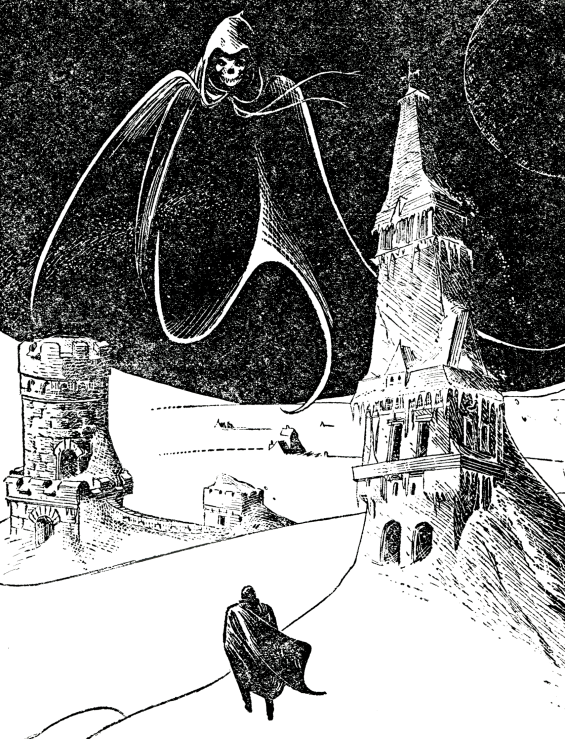
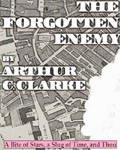 A Bite of Stars, a Slug of Time, and Thou – The Forgotten Enemy
A Bite of Stars, a Slug of Time, and Thou – The Forgotten Enemy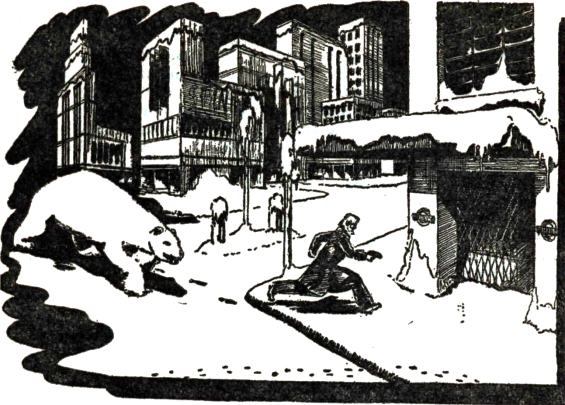
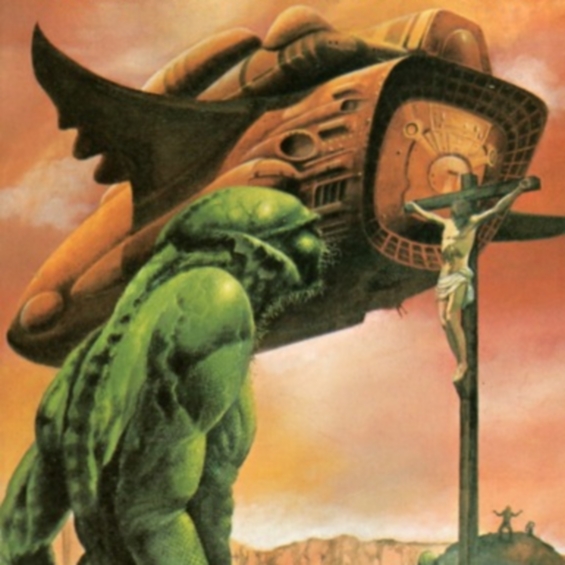





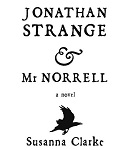
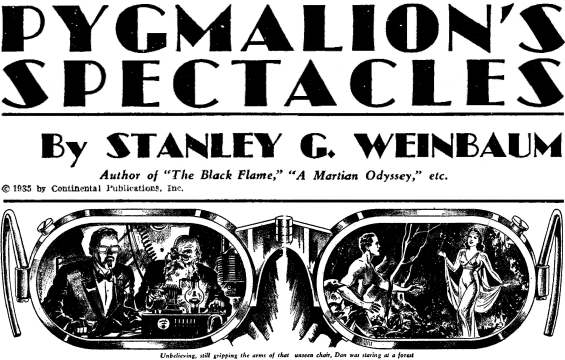
 Pygmalion’s Spectacles
Pygmalion’s Spectacles